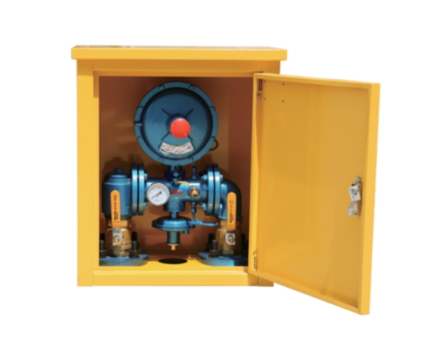
Nov . 27, 2024 18:09
Back to list
Understanding the Functionality and Benefits of Cyclone Separators in Industrial Applications
Cyclone Separator An Efficient Dust Collection System
In various industrial processes, managing dust and particulate matter is essential for both operational efficiency and environmental compliance. Among the myriad of dust collection systems available, the cyclone separator stands out as a highly effective and efficient solution. This article delves into the design, functioning, applications, and advantages of cyclone separators, shedding light on their vital role in maintaining clean industrial environments.
What is a Cyclone Separator?
A cyclone separator, also known as a cyclone dust collector or simply a cyclone, is a mechanical device used to separate particulate matter from air, gas, or liquid mixtures through the principle of inertia. It utilizes centrifugal force to remove particles effectively, ensuring that clean air or fluid is collected for further processing or release into the environment.
How Does It Work?
The functioning of a cyclone separator can be broken down into several key steps
1. Inlet Design The process begins when a mixture containing particulate matter enters the cyclone through an inlet placed tangentially. This design creates a swirling motion, which is critical for the subsequent separation process.
2. Centrifugal Action As the mixture spirals downward, heavier particles experience a greater centrifugal force than the lighter air. This force pushes the particles toward the cyclone wall, where they then lose momentum.
3. Collection The particles then fall into a collection chamber at the bottom of the cyclone, known as the dust bin or hopper, where they accumulate for later disposal or processing.
4. Exit of Clean Air or Gas The cleaner air or gas, now free from the larger particles, moves upwards and exits through an exhaust outlet located at the top of the cyclone. Typically, some additional filtration may be applied downstream to capture any remaining fine particles.
Applications of Cyclone Separators
Cyclone separators are employed in various industries for a multitude of applications. Some common uses include
- Woodworking and Furniture Manufacturing In these industries, cyclone separators efficiently remove sawdust and wood shavings, maintaining a cleaner environment and reducing fire risks.
cyclone separator

- Food Processing In food production, cyclones are used to separate flour, sugar, and other particulates from air during processing
.- Pharmaceuticals The pharmaceutical industry relies on cyclone separators to maintain clean production areas and ensure product quality by controlling airborne contaminants.
- Mining and Mineral Processing In mining operations, cyclones help separate valuable minerals from waste rocks, enhancing recovery rates and efficiency.
Advantages of Cyclone Separators
Cyclone separators offer several advantages, making them a preferred choice in many applications
1. Cost-Effectiveness They have lower operational and maintenance costs compared to bag filters and other advanced filtration systems.
2. Simple Design The design of a cyclone is relatively straightforward, leading to ease of installation and reduced maintenance requirements.
3. High Efficiency Cyclone separators effectively handle a wide range of particle sizes, making them suitable for diverse applications.
4. Robustness These systems can operate in harsh environments and can handle high temperatures, pressures, and abrasive materials.
5. Low Energy Consumption Cyclones generally require less energy compared to other filtration technologies, thus lowering operational costs.
Conclusion
In summary, cyclone separators are a cornerstone of dust collection systems across various industries. Their efficient design and functioning make them highly suitable for maintaining clean environments, preventing dust-related hazards, and ensuring compliance with environmental standards. As industries continually seek effective solutions for airborne particulates, the importance of cyclone separators will likely persist, underscoring their role in promoting not only operational efficiency but also environmental stewardship.
Latest news
-
Safety Valve Spring-Loaded Design Overpressure ProtectionNewsJul.25,2025
-
Precision Voltage Regulator AC5 Accuracy Grade PerformanceNewsJul.25,2025
-
Natural Gas Pressure Regulating Skid Industrial Pipeline ApplicationsNewsJul.25,2025
-
Natural Gas Filter Stainless Steel Mesh Element DesignNewsJul.25,2025
-
Gas Pressure Regulator Valve Direct-Acting Spring-Loaded DesignNewsJul.25,2025
-
Decompression Equipment Multi-Stage Heat Exchange System DesignNewsJul.25,2025

